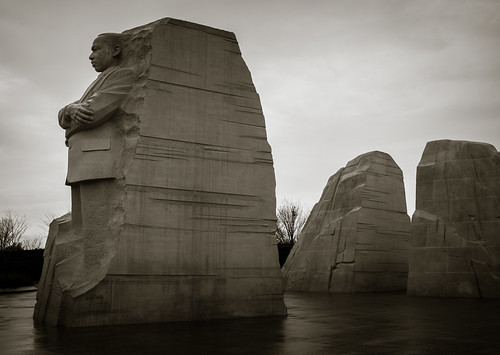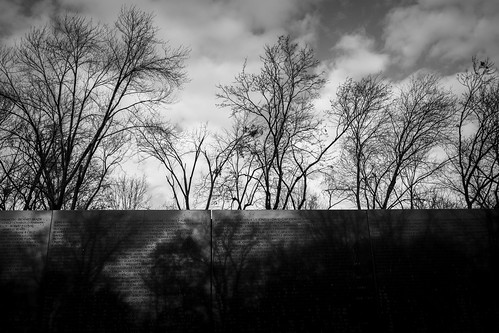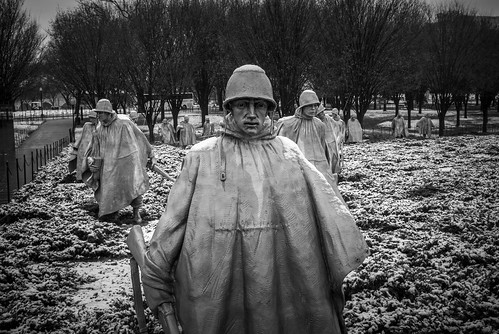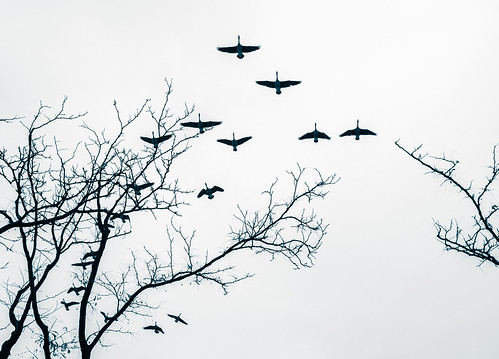1/1800 @f4.0, ISO 200.
The title of this blog comes from something Sam Abell* said during his presentation, The Life of the Photograph, at OPTIC 2017. I have watched and rewatched that presentation several times now and there is no doubt that I will watch it again.
During the presentation, Sam takes us through his thought process when making a photograph. But this idea of finding a scene, composing the image and then waiting, really stuck with me. I struggle sometimes with the patience that is required when photographing on the street. Why can I sit for hours waiting for just the right light when photographing landscapes, but while walking the streets of a city, I move as fast as the pedestrians around me.
1/1600 @f4.0, ISO 200.
As I set out to photograph the 187th Indepence Day Parade of Churches and Sunday Schools in Roxborough, Philadelphia, I decided to test out the idea of just staying in one place, with one lens and let the parade pass me by. Not a real stretch I know, but it was the idea of finding the right background and light and then waiting for the uncontrolled action to pass in front of my camera.
I walked most of the parade route and finally settled on background that was fairly uncluttered and in the shade. There was also shade on my side of the street which meant the foreground would be in shadow as well. That provided natural framing if I exposed for the light that would fall on the parade goers.
1/2200 @f4.0, ISO 200.
With the background picked, I finished off the composition by selecting the Fujinon 50mm (75mm equivalent) f2.0 lens attached to my Fujifilm X-Pro2. This focal length meant I had only one or two shots before the subjects passed by. The benefit of a parade, of course, is that you can see what's coming and know they are not going to change their course. The downside is that you can't control who will plant themselves on the opposite side of the street to watch the parade. Or that it would be the one July 4th parade-goer who wore bright orange instead of red, white, or blue.
In deciding what to photograph, I looked for color, flags, and enthusiasm. I did choose to present all the photographs in black and white, and not just because of the previously mentioned, man in orange, but I liked how the contrast of light and shadow, put all the emphasis on the subject.
1/3000 @f4.0, ISO 200.
This parade is not like a typical parade made up of marching bands, fire trucks, and floats, but consists of parishioners from all the churches located in the Roxborough section of Philadelphia, 15 participated this year. There are a few classic cars or perhaps a band made up of from the congregation, but it is really just a way to start Independence day before they head to their church for a picnic.
I'm happy with my results although I keep wondering if I should have chosen an alternative spot as a backup or would it have been better to pick an interesting group and follow them along the parade route, however, I think as an experiment it was best that I just stayed put.
* Sam Abell is an American photographer who has worked for the National Geographic Society since 1970 photographing more than 20 articles on cultural and wilderness subjects. In addition to numerous books, he lectures on photography and has exhibited his images to audiences around the world.























